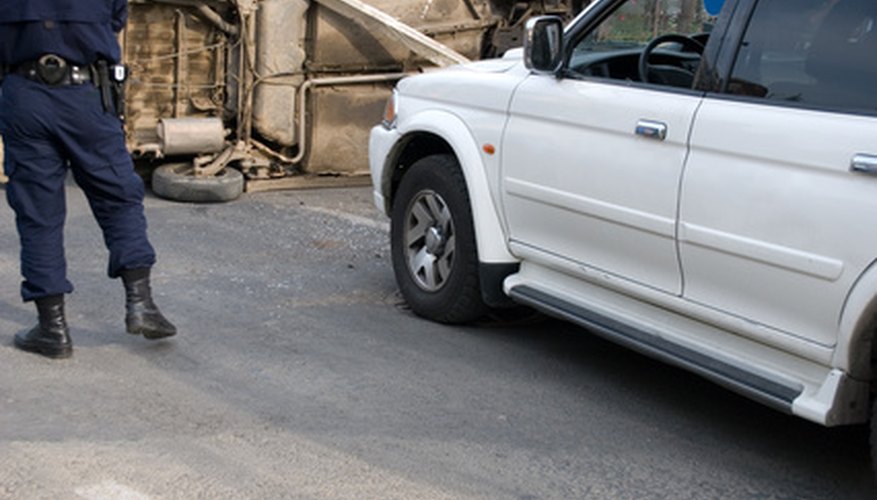Despite the common view of yesteryear, a dog warden does not need a grimy van, a catch-pole and a sullen demeanour. Modern-day dog wardens are diplomats, athletes and highly trained professionals, constantly seeking new knowledge to add to their skills. Also known as animal control officers, dog wardens respond to situations in which an animal is being abused or neglected or could in some way be hurt. They work to protect both animals and the public.
Volunteer at your local Humane Society. Gain experience working with a large variety of animals, and request to be "mentored" by the current warden or animal control officer.
Gain certification by the National Animal Control Association. This is mandatory in many states. There are several levels of classes, although only the first two are necessary to receive certification. The first level consists of 40 hours of class work and will prepare you for animal control basics, such as the paperwork involved, staying safe, and reporting your findings. The second level will complete your certification and builds upon the skill set in the first. Advanced training is optional but will make you more marketable.
- Despite the common view of yesteryear, a dog warden does not need a grimy van, a catch-pole and a sullen demeanour.
- The first level consists of 40 hours of class work and will prepare you for animal control basics, such as the paperwork involved, staying safe, and reporting your findings.
Take classes in the criminal justice and communication fields. You will deal not only with animals but the people around the animals. Your interaction and mediation skills must be top-notch. While having a degree isn't mandatory in most states, the majority of animal control officers do attend college.
Apply for a position via your city's or town's website. Dog wardens and animal control officers typically work directly for the government.
